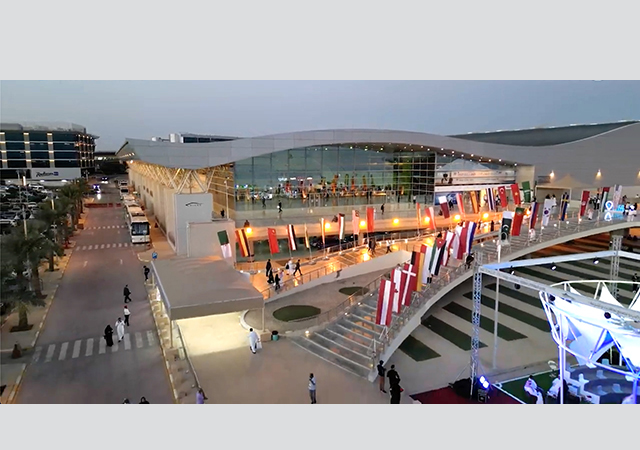
 An artist’s impression of the Sitra bridge ... designed to ease traffic congestion.
An artist’s impression of the Sitra bridge ... designed to ease traffic congestion.
SEVERAL projects worth a total of BD204 million ($541 million) were initiated last year by the Ministry of Works, which completed a 73 projects valued at BD136 million over 2008. This apart, the ministry issued tenders for 38 projects estimated to cost more than BD171 million during the year.
In the roads sector, three tenders worth an estimated BD5 million were prepared, 56 contracts valued at BD51 million were initiated and 39 contracts worth BD12 million were completed.
The ministry also spearheaded projects in the strategic projects sector. These include four tenders estimated to cost BD21 million, a further four projects, valued at BD58 million that were launched, and four others worth BD114 million, which were completed.
In another important sector – sanitary engineering – the ministry prepared 31 tenders worth BD145 million and launched 75 projects costing BD95 million, while completing 30 contracts worth BD10 million.
Roads
Among the most prominent road projects under way in Bahrain is the development of Sitra Causeway and Umm Al Hassam Intersection. Work on the BD74-million project commenced in November 2006 and is expected to be completed in May 2010.
The project calls for the construction of two causeways to the west side of the current causeway, which are the 200-m 'North' causeway and 400-m 'South' causeway. The new causeways will have three traffic lanes in each direction, with the possibility of expanding them to four lanes in the future.
Another strategic development is the Isa Town Gate Intersection, which is designed to ease the traffic congestion in the Isa Town area. Work on the BD41-million project commenced in August 2007 and is expected to be finished in August 2010. The project includes creating an intersection with three levels. Level One comprises creating an underpass stretching along Shaikh Salman Highway to accommodate traffic flow from north to south and vice versa. Level Two entails creating a flyover that connects Shaikh Salman Highway and Estiqlal Highway, while Level Three includes creating a causeway and installing traffic lights at the entrance to Isa Town.
Last year saw the launch of work on the Bahrain Map Intersection, which will feature a flyover from east to west and vice versa. A traffic-controlled intersection will be located below the flyover. Work on the BD10-million project commenced last August and is expected to be completed this August.
Among the road projects completed last year were the expansion and upgrading of the 5-km Dry Dock Highway and the Gulf Hotel Intersection. The Dry Dock Highway has been upgraded into a dual highway with three lanes in each direction. Work on the BD4.273-million project started in October 2005 and was finished in August last year.
Also completed in the same month was the Gulf Hotel Intersection, which contains a traffic signal controlling traffic in all directions on Al Fateh, Bani Otbah and Awal highways. The left side of Al Fateh Highway was expanded to accommodate the heavy traffic heading towards Juffair and Adliya. Work on the BD771,000 project started in March 2007.
Other works completed last month were the Bahrain City Centre Intersection – which consists of a flyover to accommodate traffic on the left of Avenue 28 heading to Manama through Shaikh Khalifa Bin Salman Highway – and the replacement of Bahrain Gas, A'ali and the Traffic Directorate roundabouts with signallised junctions and increasing the number of lanes on the relevant roads. The project was started in February 2008.
Meanwhile, a number of other road projects are scheduled for completion shortly. These include:
• Hamad Town roundabouts 6 and 14, which involves creating two underpasses along Shaikh Khalifa Bin Salman Highway near the roundabouts. Work on the BD16-million development commenced in July 2007.
• Zallaq bridge and the entrance to University of Bahrain, which includes creating a dual bridge with three lanes in each direction, connected to the entrance of University of Bahrain. Work on the BD6-million project started in October 2006; and
• Al Hekma intersection, which calls for replacing the roundabout with a traffic signal and developing a car-park on the side of Al Estiqlal Highway. Work on this project commenced last October and is expected to be completed in May.
Strategic projects
A number of key projects are to be initiated in the strategic projects category. These include the expansion of the Bahrain International Airport, for which about BD140 million have been allocated. Work on the first phase of the project worth BD18.5 million, for the airport's taxiway, is expected to start soon.
Set for an official opening shortly is the Khalifa Bin Salman Port and the Industrial Area in Hidd, which comprises infrastructure works worth BD31.4 million and buildings costing BD16.7 million. The Ministry of Works is currently working on completing infrastructure works at the port.
Also due for completion this year is the King Hamad General Hospital, about 78 per cent of which is already finished. The project worth BD54 million will be handed over to the Ministry of Health once completed.
The Ministry of Works completed the entire construction of the Khalifa Sports City project last November. The project, worth BD9.2 million, was handed to Youth and Sports Organisation following completion.
Meanwhile, work on the model clubs – Sitra and Al Najma clubs – is expected to be completed by June this year. The Sitra Club project is worth around BD1.14 million while Najma Club development is valued at BD1.6 million.
Among other strategic projects is the reclamation work for Muharraq sewage treatment plant. Around six per cent of the project has been finished with completion and is scheduled for April 2010.
Sanitary engineering
In the sanitary engineering sector, the main projects earmarked for implementation during 2008 included:
• Upgrading of Tubli sewage treatment plant;
• Improvement of the main sanitary network in Manama;
• Rehabilitation of sanitary connections;
• Privatisation of sanitary services; and
• Establishment of rainwater drainage in a number of areas.


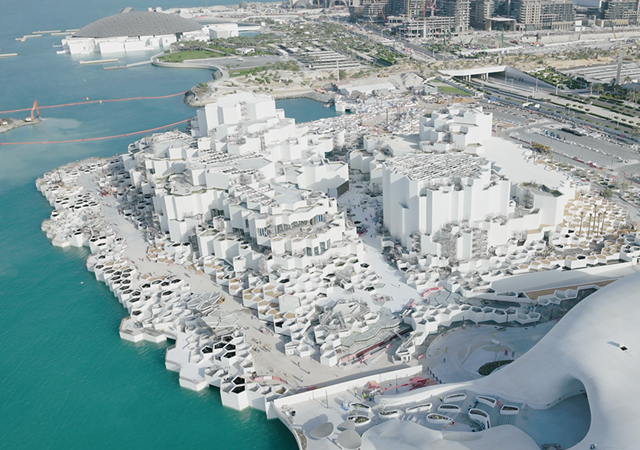
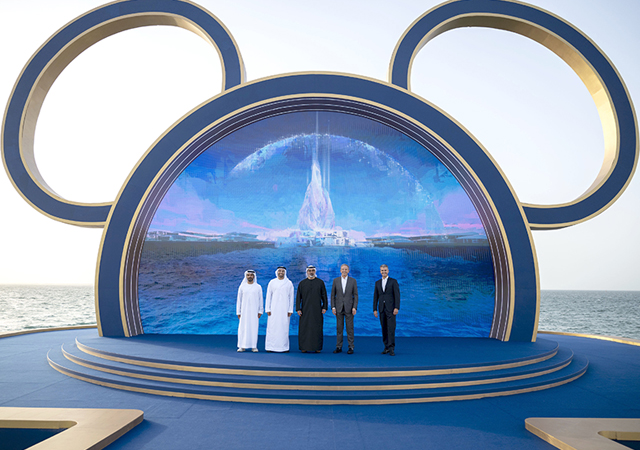

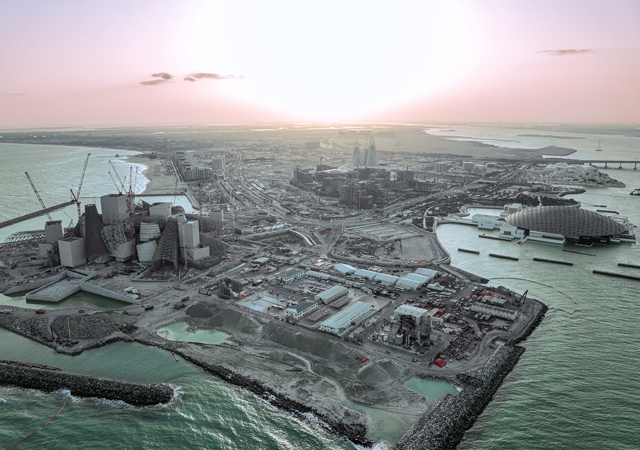
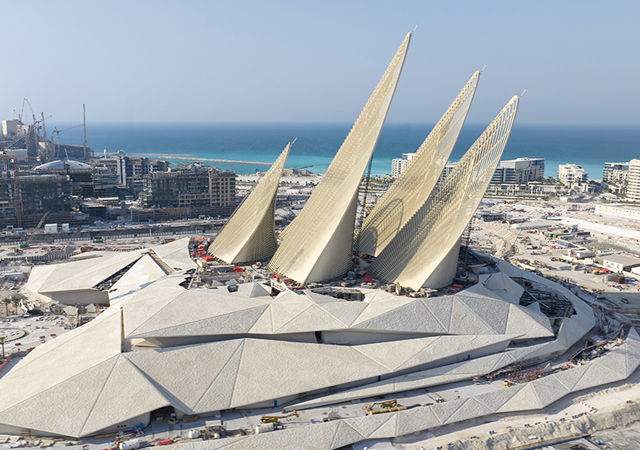
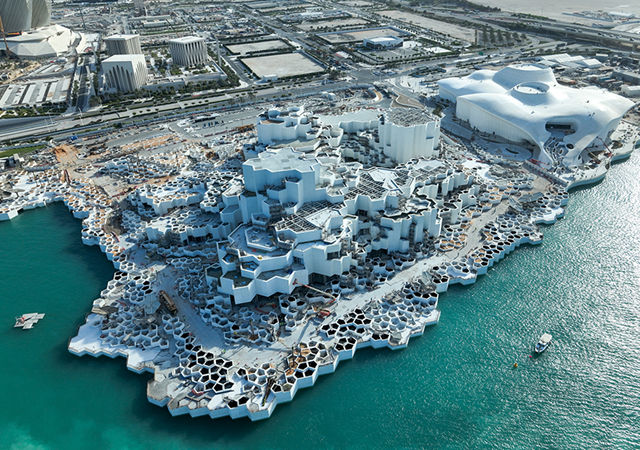
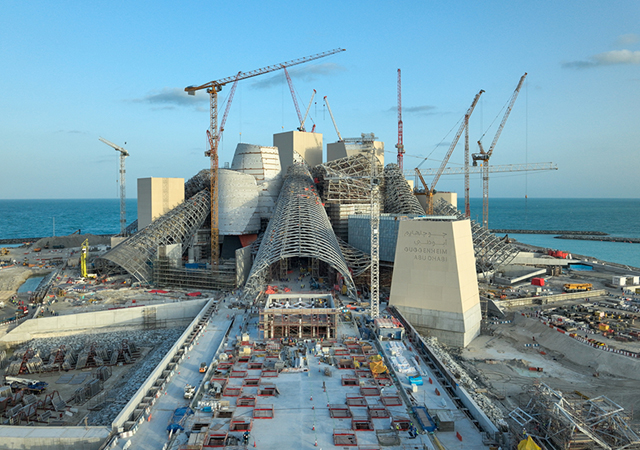
.jpg)

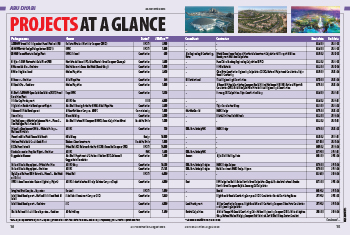
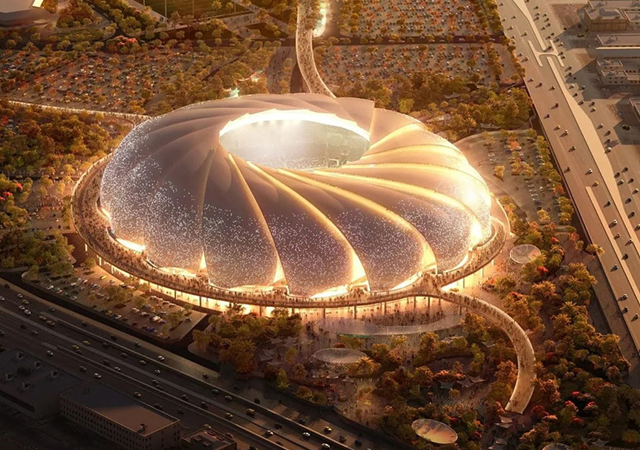

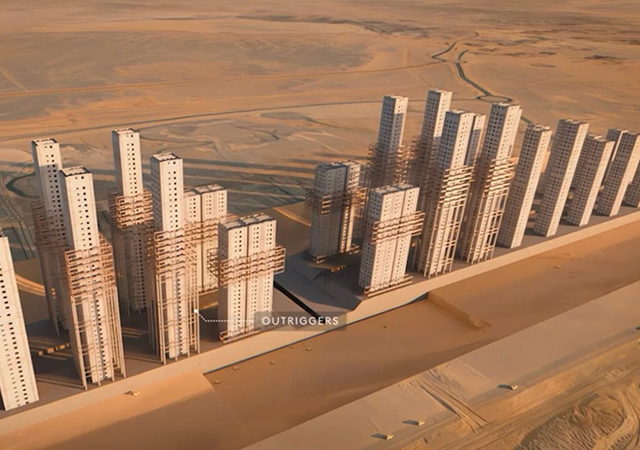
.jpg)
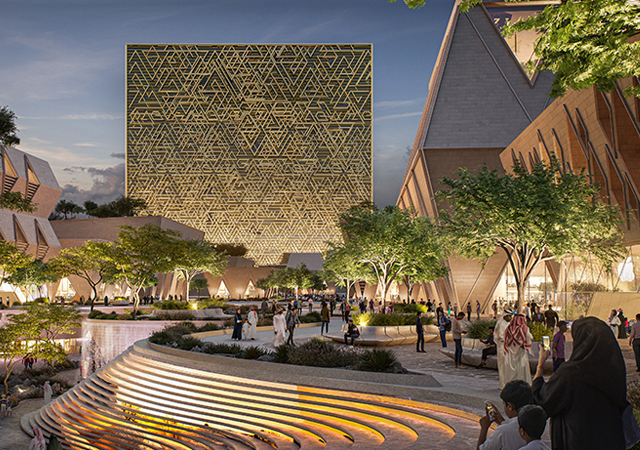
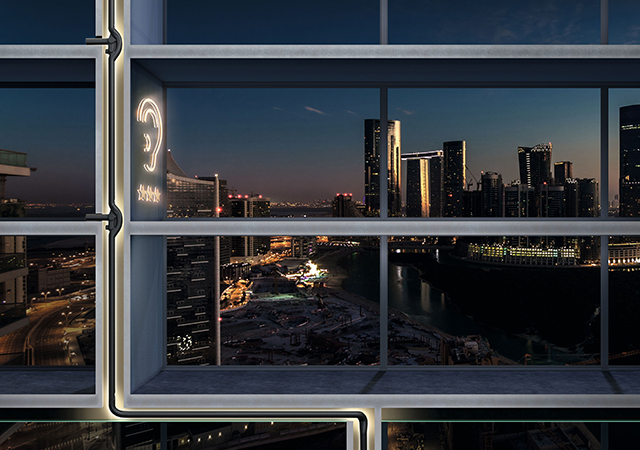
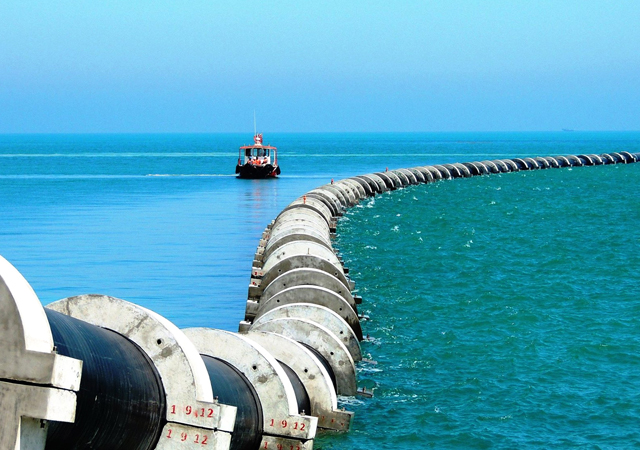



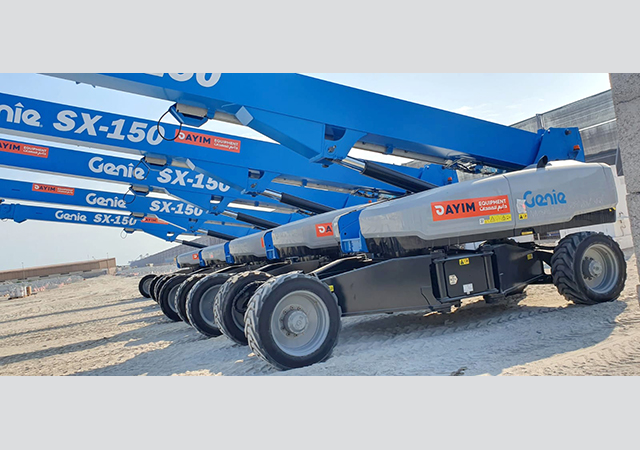
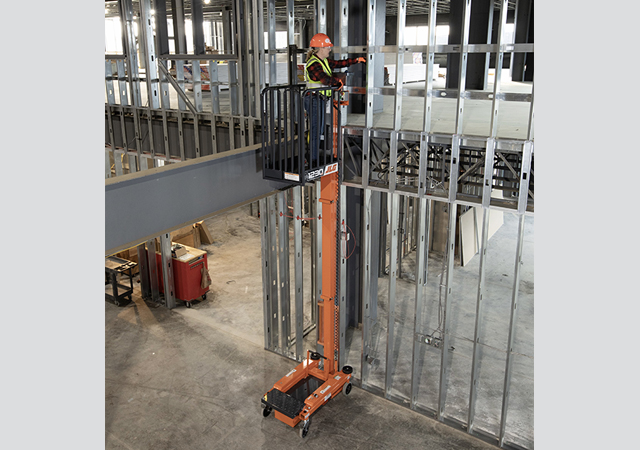
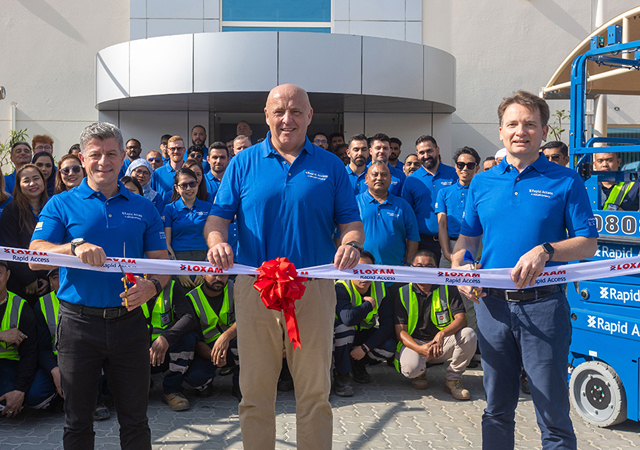
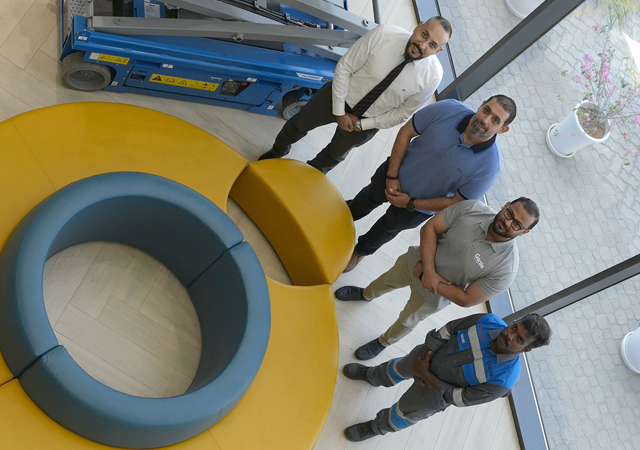
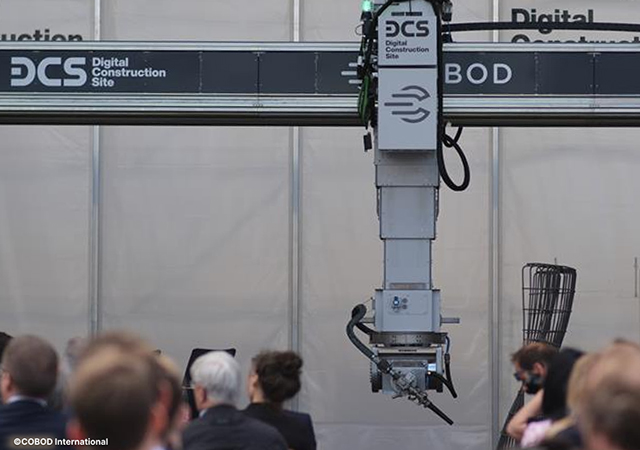
Doka (2).jpg)




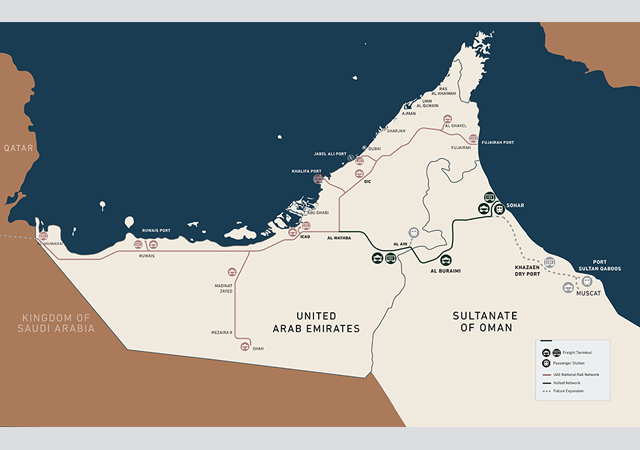

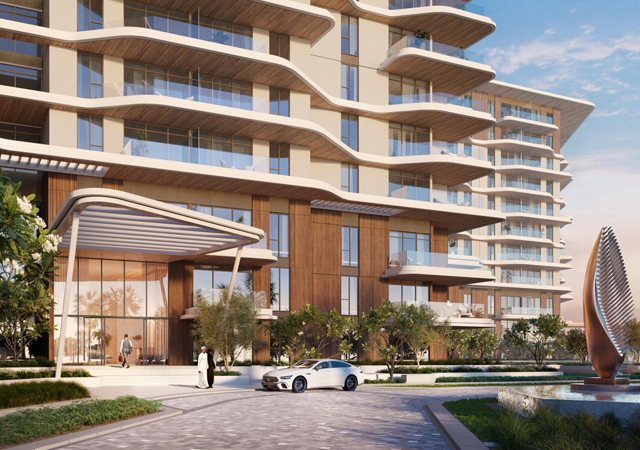

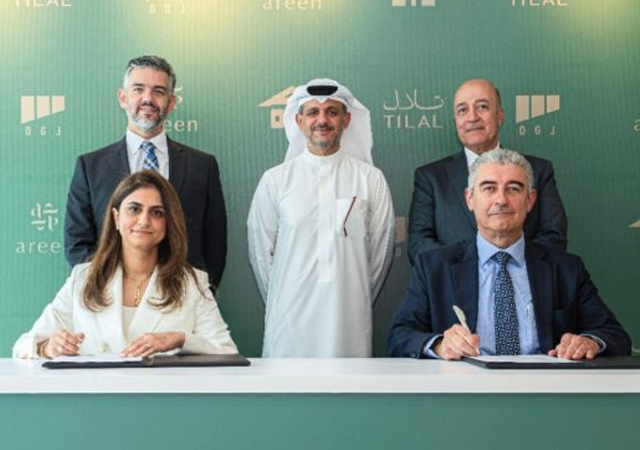
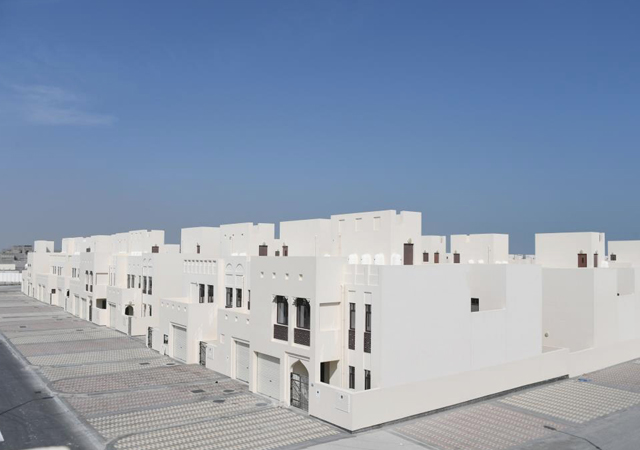

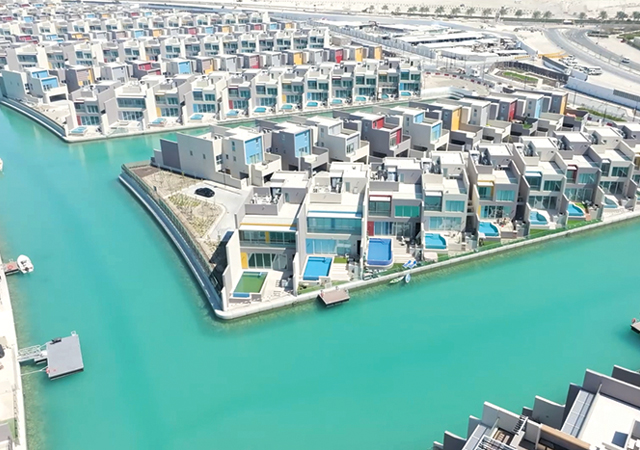
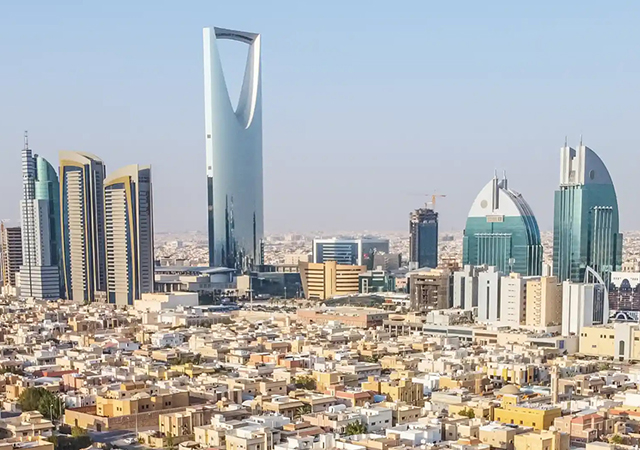
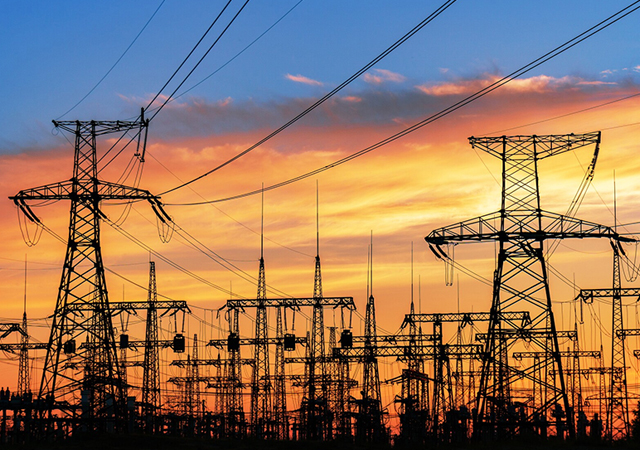
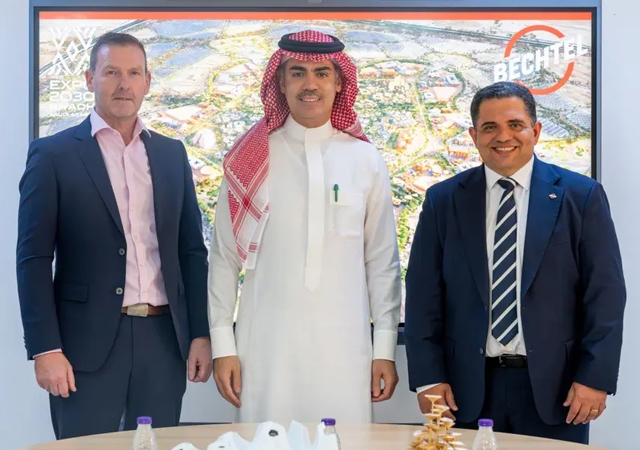
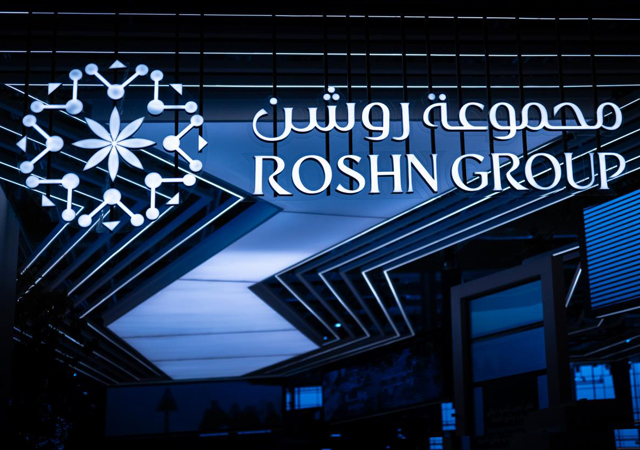
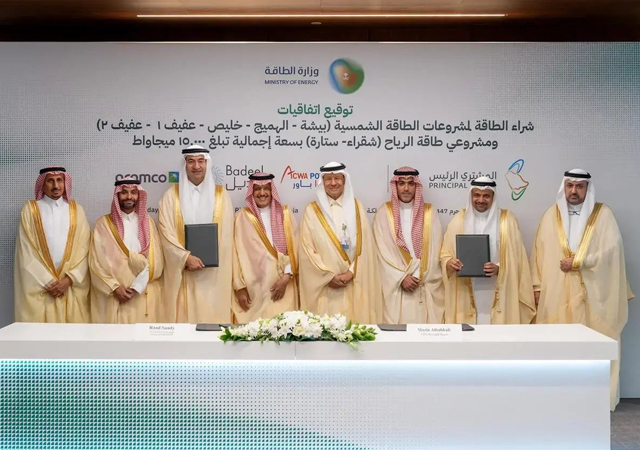
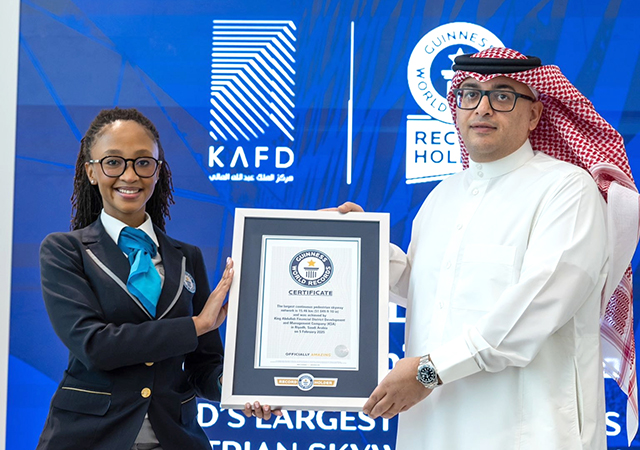

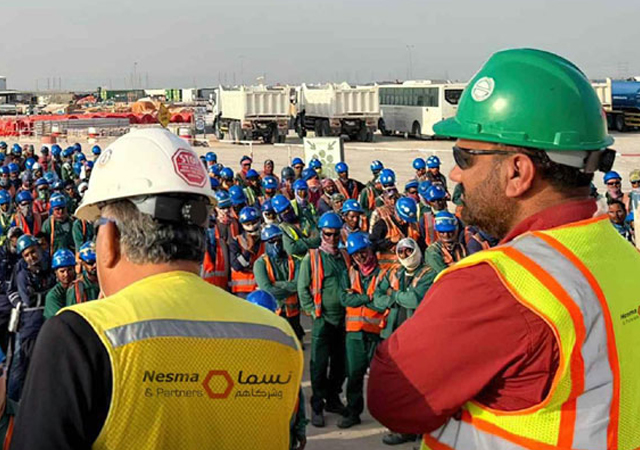
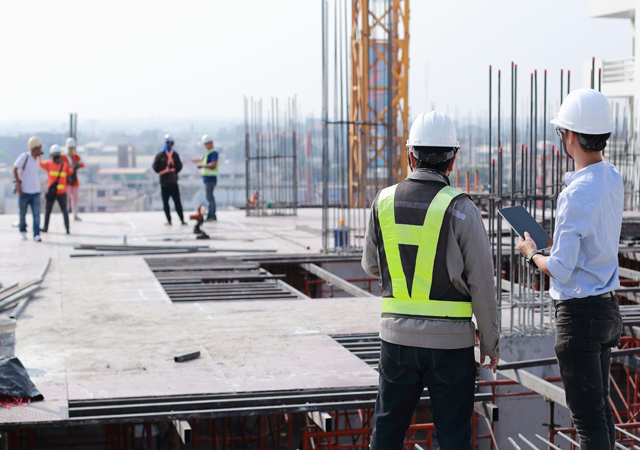
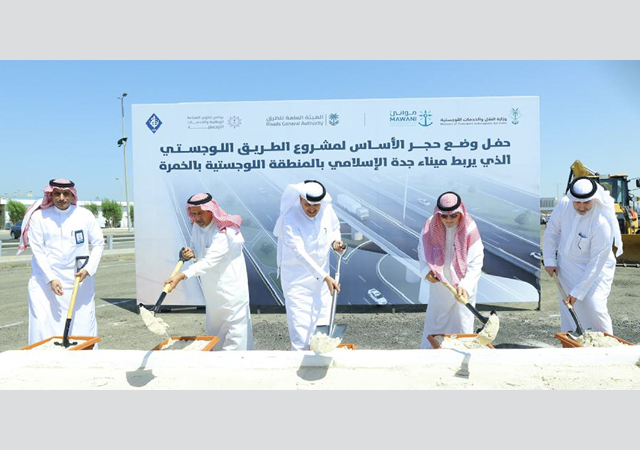
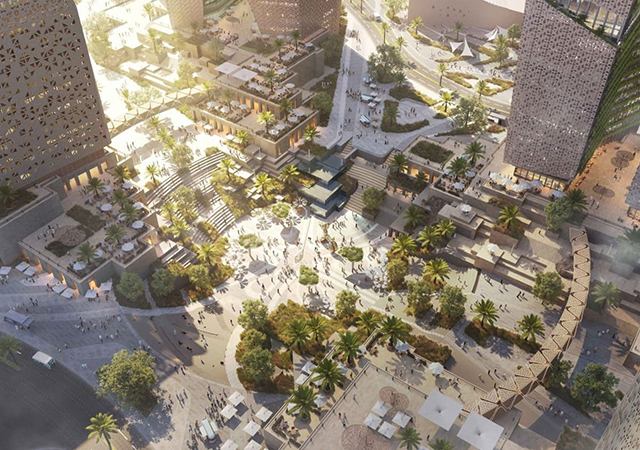

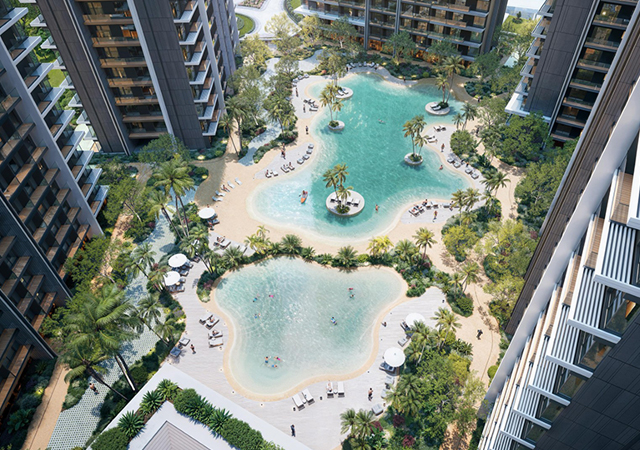
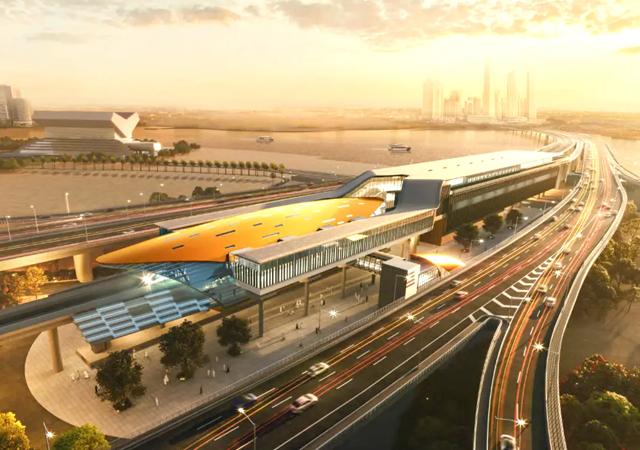
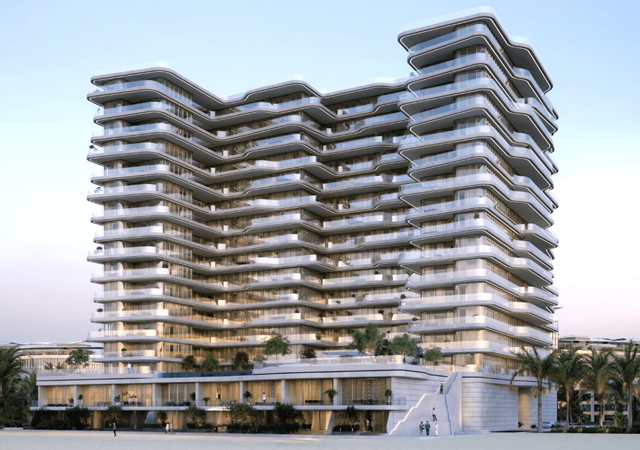

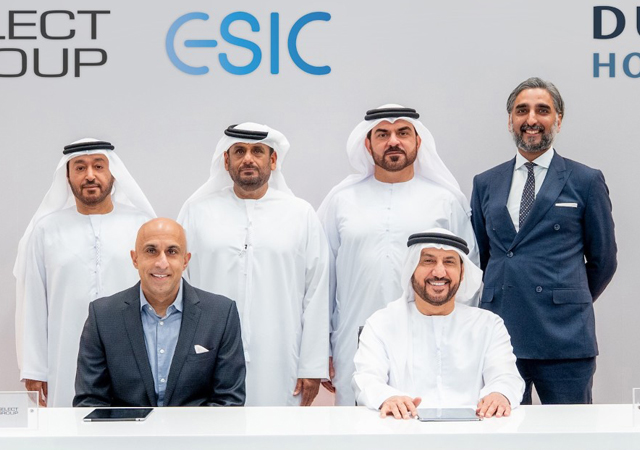
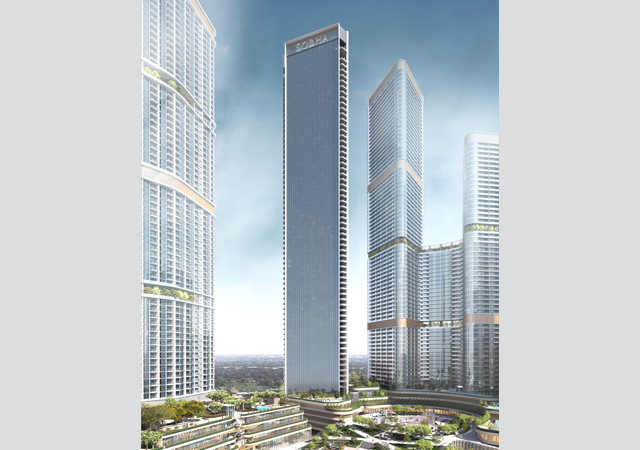
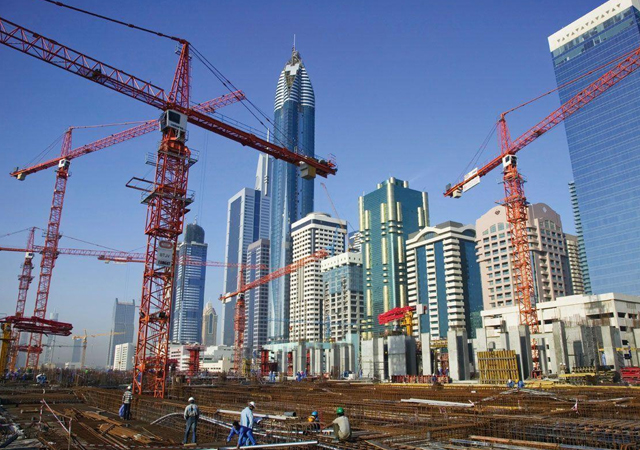
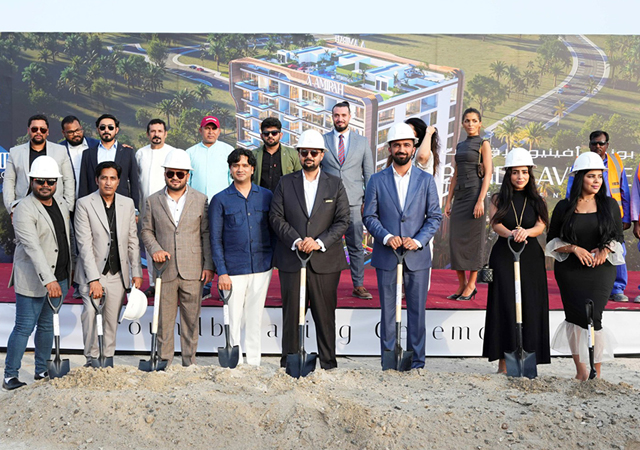
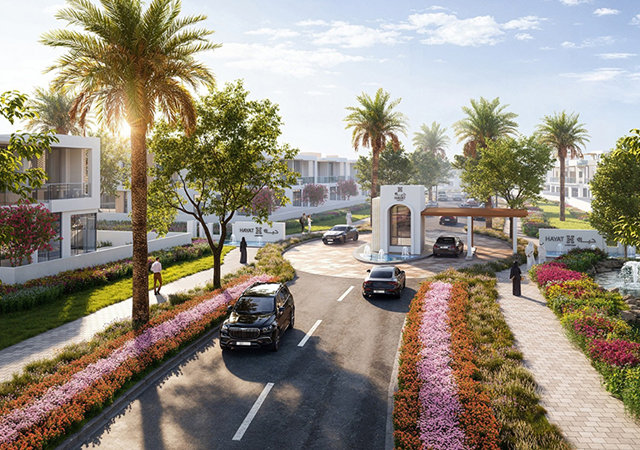
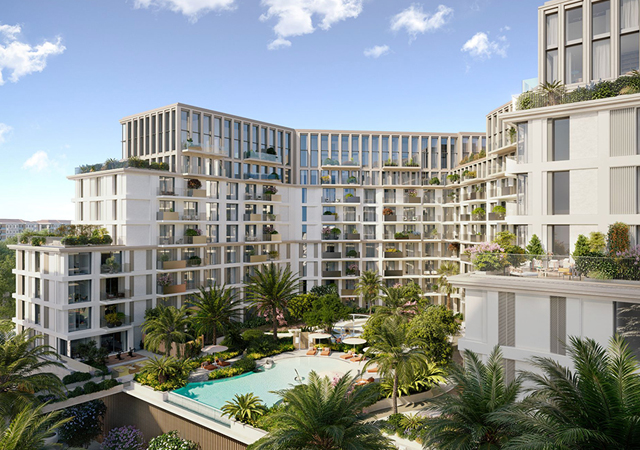


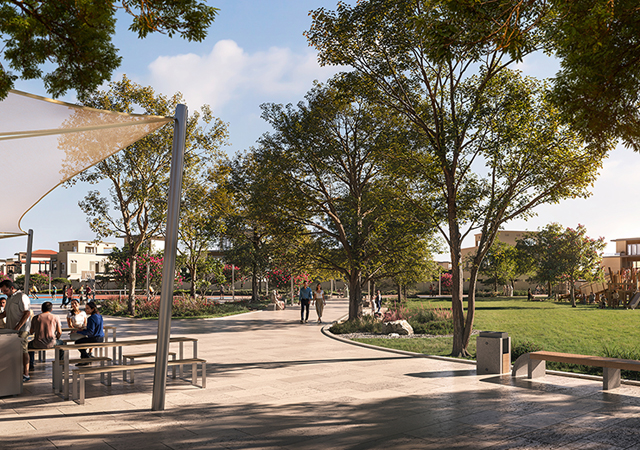
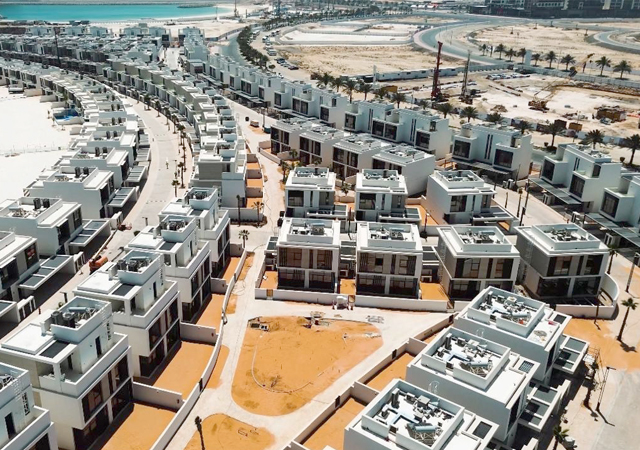
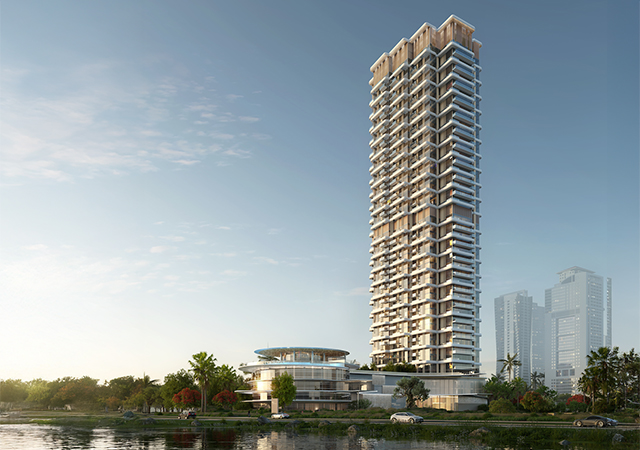

.jpg)
.jpg)
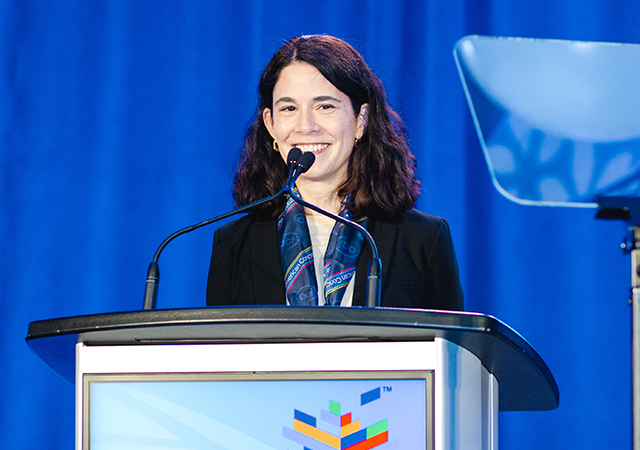
.jpg)
